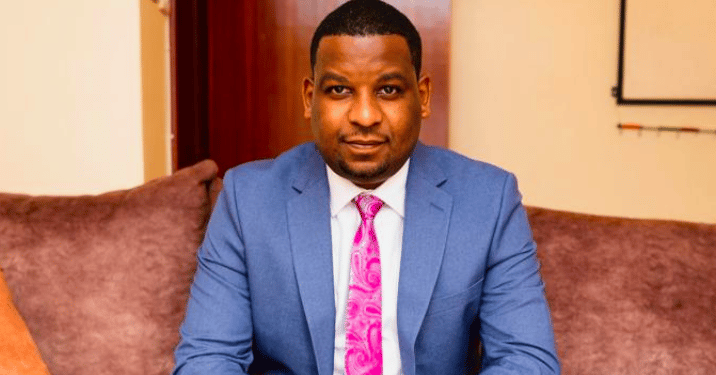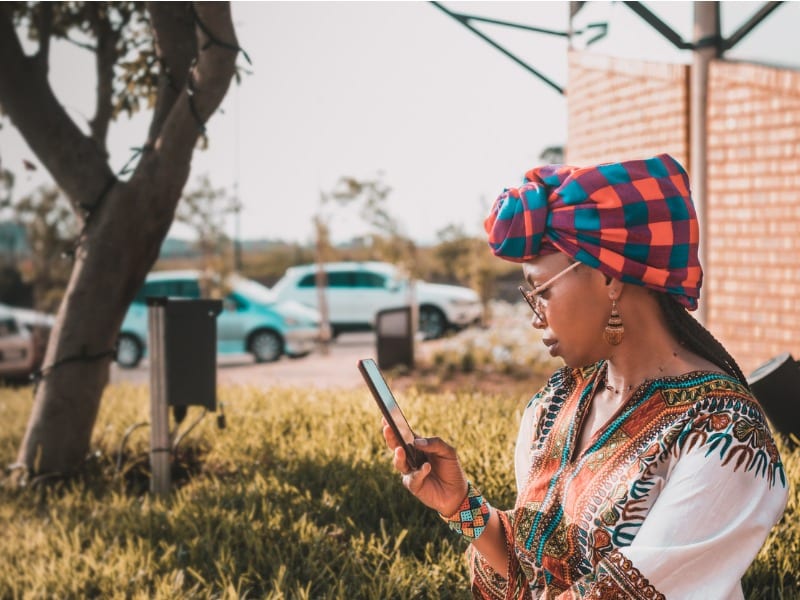In the last 15 or so years, mobile phone technology has been spreading rapidly around the globe. By the end of 2020, an estimated 495 million people had subscribed to mobile services in Sub-Saharan Africa, representing 46% of the region’s population.
According to a report by GSMA called The Mobile Economy Sub-Saharan Africa, over the period to 2025, 4G adoption in Sub-Saharan Africa will double to 28%, compared to a global average of 57%. By the end of 2025, 5G will account for 3% of the total mobile connections in the region.
As economies recover from the effects of the pandemic and restrictions ease, mobile technology will become even more integral to how people live and how businesses operate. It will enable new digital solutions for small and large enterprises and support consumers’ growing use of online channels.
Smartphones will account for almost two-thirds of connections in Sub-Saharan Africa by 2025. Kenya is currently in the top three smartphone connected markets in Sub-Saharan Africa with a whopping 55% of its population being smartphone holders. This growth is fuelled by digital platforms in financial services and the availability of more affordable devices.
The efficiency and growth of these digital connections continue to have diverse and multiple effects on our livelihoods. Key among them is the significant growth of digital payments and lending. Leveraging on the evolution of Telco and technology, digital financial services distribution continues to expand its reach. Telcos and their information are gaining prominence in determining credit scoring and decisioning.
Financial Inclusion
The availability of Digital Lending Solutions goes beyond just helping people in times of crisis, it addresses the global challenge of financial inclusion. In the past, people without access to formal banking or the unbanked in Africa could not access loans, investments, formal savings and credit services. This forced them to transact exclusively in cash, have no safe way to save and invest their money, and rely on informal lenders and personal networks for credit. Even those with access continued to pay dearly for a limited range of products, especially without security, because they worked in the informal sector.
Today, lending in the form of mobile phone loans forms a big part of the financial ecosystem especially to the unbanked and informal sectors. The number of mobile loan applications continues to increase, and the economy keeps gaining from it. Success in financial inclusion entails reaching individuals and small businesses with products that go beyond payments that can significantly improve their financial lives. Mobile money and loans have become the gateway into huge, largely untouched markets.
In Kenya, financial inclusion stood at less than 26% before the introduction of M-PESA as a mobile money transfer platform. Currently, this figure stands at above 80%. This is a significant growth only 15 years after the introduction of the service. Today, Kenya is 3rd in Africa after South Africa and Mauritius in financial inclusivity. This shows the power of mobile money in ensuring everyone is empowered financially.
Building on the back of MPESA
It is impossible to speak of mobile money in Kenya and Africa without mentioning M-PESA. Beyond the success numbers, there is a better way to look at this service, especially into the future.
M-PESA continues to power approximately 46 loans per second, ensuring real-time credit access and enhancing businesses’ growth and expansion. This is mainly due to partnerships and integrating the payment service with lenders and banks. Partnerships have fueled the growth of payments, currently standing at over 400,000 organisations accepting payments via M-PESA.
Beyond that, there are over 40,000 developers in Kenya integrating M-PESA into businesses, pushing the growth of digital payments. M-PESA is no longer a mobile payment platform but a tool for innovators to build on. With the spread of mobile money, young and creative guys have a starting point for all their fintech products. The M-PESA app is open to creators in Africa to ensure that they have a starting point.
Today, more and more mini-apps are added to the M-PESA super app to drive a digital marketplace that brings together buyers and sellers seamlessly. Super apps are just one of the ways we leverage technology to offer Over the Top (OTT) financial services and open up the ecosystem.
Some of the key pillars for payments are platforms like M-PESA, organisations like banks and telcos, and consumers who ought to benefit. The recent launch of M-PESA interoperability through a joint effort of the major telcos in Kenya showcases the impact technology would have if it is not limited to one company or product, but rather allowing it to be agnostic.
In conclusion,
Digital connectivity continues to play a vital role in transforming and improving lives, as it opens the door to employment, financial opportunities, and inclusion for people across the world. As more and more people worldwide get connected to phone services, regions experience growth as it becomes easier for information to flow and citizens to access banking and other essential services.
This is probably one of the keys to inclusive growth globally, as is apparent in Kenya. The growth of mobile penetration in Kenya has led to increased employment and income generation, which manifests as more people get access to phones. Organisations such as Safaricom realised this and came up with a Device Financing proposition dubbed “Lipa Mdogo Mdogo” that enables Kenyans to own a smartphone for as little as Kshs 20 a day. According to GSMA, the gap between connectivity and usage stands at 3.4 billion across the globe. Some of the barriers are literacy, content and affordability of devices. Device Financing is only one avenue to address the gap. There is a need for stakeholders to come up with more solutions like local manufacturing so as to close the digital divide and grow smartphone use to more than 70%, like in many parts of SouthEast Asia. Government, Telcos and Financial institutions will all benefit from digitisation of the citizenry.
If Africa is to become a world leader in technology and commerce, it will require all stakeholders to drive digital and financial inclusion. M-Pesa and Device Financing are two examples of how Safaricom is taking on the dual challenge. More can be done if we come together towards a common purpose of making Africa the home of Fintech and hotbed of Innovation.



